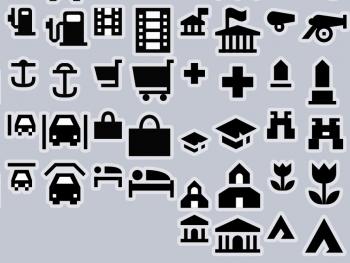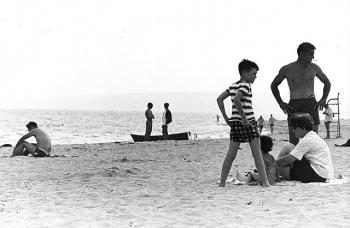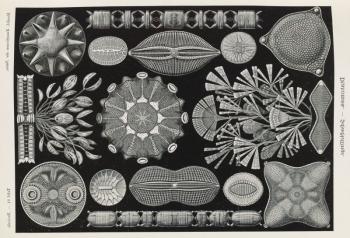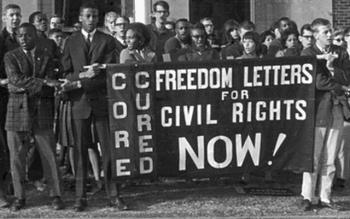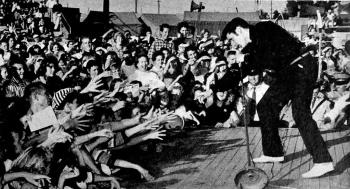Users Who Spiked

SAVING MONEY: ARTISTIC SURVIVAL
Private Notes
Private Notes
Notes
Saving Money: Artistic Survival
As I have written there are two parts to the income equation. The earning side and the spending side. As an artist, you will want to find employment that dovetails with your artistic ambitions. But if you can keep the spending side of the equation as low as possible you will have much more flexibility.
I believe that in our affluent society, people can save a considerable amount of money if they don't try to keep up with the Joneses. And they also can take advantage of the many things affluent people get rid of, such as name brand shirts that are given to thrift stores.
As we all know there is a surplus of used items that end up sooner or later on the used market or at Habitat for Humanity. So, for example, you should always check these types of stores and markets first before buying something new -- although there are exceptions to that rule.
If your art is the most important thing to you, then don't worry that you don't have a late model car. In fact, there are ways to buy a used car that is just as good for about 75% less than most people pay but I will save that for another article.
In this article, I want to stress the value of saving money, as it is called. But you are really not 'saving' money you are instead not spending money.
Learning to save money takes a bit of work, but you are in charge and you are in a sense paying yourself. Once you know all the techniques, I believe it takes very little time and in some cases less.
This is not just speculation because I do this and my wife does this year after year. My wife can walk into a thrift store and in just a few minutes decide if there is anything worth looking at. Over the years she had bought an Eddie Bauer down jacket and a Brooks Brother's shirt for me, for example, and countless other name brand items.
And this is a good example of how much can be saved. If you are not used to thrift store shopping, it can be daunting at first. It often looks like a random jumble that might take hours to look through. But after a few trips to these stores, you will get the hang of it and soon be able to quickly size them up.
I knew some people who were antique dealers who could walk into any type of used store and in just a few minutes land a good deal or decide that there was nothing they wanted that day.
Some saving techniques are almost no-brainers. For example, here is a simple tip. If you want to go clothes- shopping at a name brand mall store, that's fine. But when you walk into the store go to the discount/closeout bin first. Studies have shown that you are much more likely to buy the first thing you look at and put your hands on. Go through the closeout area and only then go look at the rest of the store. Odds are you will end up buying something that has been put on sale -- as most clothes go eventually on sale.
No that was not all the hard to do, right? And in that example, you probably saved twenty dollars or so -- and you got a new shirt to boot.
I have made a comprehensive study of average spending habits and I believe the average family can save about 25% a year or about $9,000 a year. But the previous tips are just a few examples of things you can do. A comprehensive strategy covers insurance, food, clothing, travel, medical expenses, electronics, vacations, holidays, children's items, home buying or renting, automobile expenses, and so on. There are very few areas where you cannot cut down.
As I will point out in more detail later, the less you spend, the fewer extra expenses also come into the picture. For example, with a late model car, you will pay interest on the loan, a sales tax when you buy it, plus higher insurance, and higher yearly city or county taxes. And you will pay many of these expenses year after year. So the total difference between a $7000 used car and a $20,000 late model car is not $13,000 but much more over the life of the car.
And don't be put off by the lower price tag. Many people will tell you that you "get what you pay for." But I disagree. You don't automatically get something better that you pay more for, but you can be sure of a good deal if you have done some research and compared past repair records for cars or trucks. In some cases, the used car can have a better repair record than a newer car, for example.
But another very important point is this. If you play your cards right, no one will know that you are spending perhaps 25% less on everything than they buy. And you don't have to tell them if you don't want to.
And there is another added benefit to this kind of lifestyle. Just about every money-saving method is also good for the environment. Buying clothes at a thrift store means that you are recycling, for example. Doing the work to fix up an old house is recycling the house. With a comprehensive approach, your environmental footprint will be much smaller.
As artists, I think we should be proud of the fact that we think differently. Instead of boasting about how much money we spend and how many gadgets we own, we can boast about how little we spend and how that is so important for the environment.






















